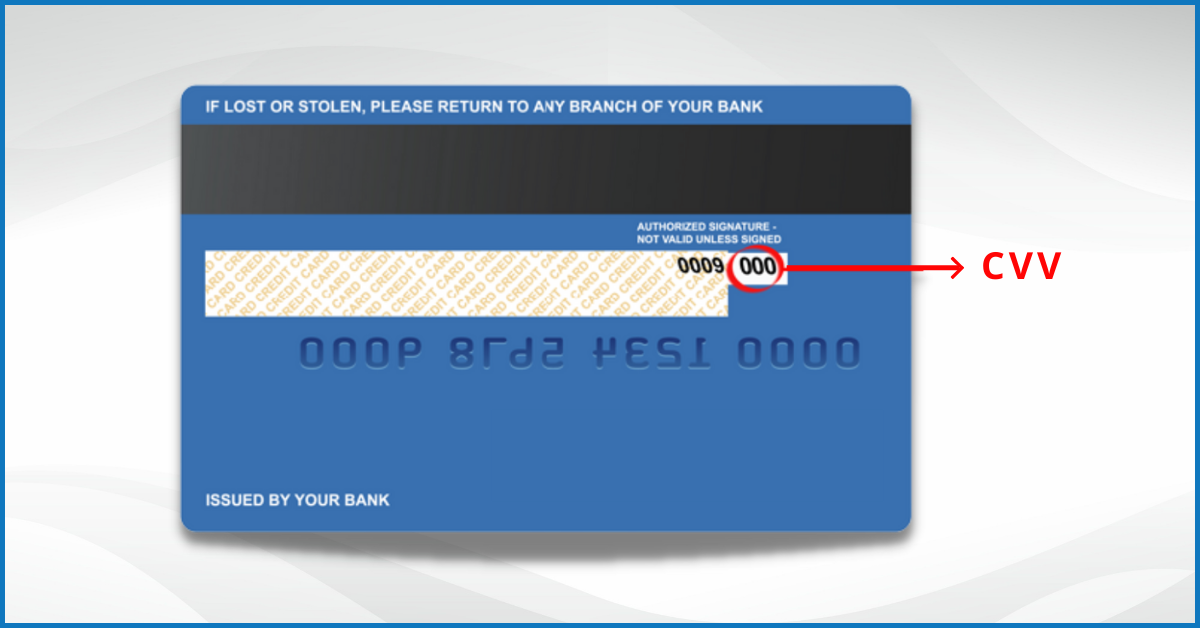TheFinQ.com is designed to be your one-stop destination for everything related to cards, loans, and investment products across India. We help you compare and choose the best financial products that suit your needs, including:

In today’s digital world, credit cards are not just plastic cards used for shopping or bill payments—they are essential financial tools. But have you ever looked closely at your credit card and wondered what all those numbers and dates mean? The 16-digit number, the expiry date, and the three-digit CVV code are not just random things—they all have a purpose.
Let us explain how credit cards are designed, why expiry dates are given, and what the CVV code does.
The long number printed on the front of your credit card is more than just an ID. It follows a set format, and each part tells something specific. These 16 digits are divided into three main parts:
The first 6 to 8 digits represent the bank or financial institution that issued the card. For example, if your card is from HDFC Bank, SBI, ICICI, or Axis Bank, this number will be unique for that bank. This helps recognise which bank gave the card.
The next set of numbers is unique to you. It connects the card to your personal credit card account. Every credit card holder gets a different account number. This number ensures that any card transaction reaches the correct account.
The last Digit is known as the check digit. It uses a special mathematical formula (like the Luhn algorithm) to verify if the card number is valid. This helps in blocking fake or incorrect card numbers.
Every credit card has a date mentioned in MM/YY format. This shows till when the card is valid. After this date, the card becomes invalid, and the bank automatically sends a new one. But why do cards expire?
Even if your card is in good shape, banks follow this expiry system to maintain a card update cycle and keep user data secure.
There’s a three-digit or four-digit code on the back of your credit card, depending on the card type (Visa/MasterCard has 3 digits, American Express has 4). This is called the CVV—Card Verification Value.
When your credit card expires, your bank usually sends a new card to your registered address. The account number and billing cycle mostly remain the same. Only the card number or expiry may change for security reasons.
Here’s what to do:
Yes. When the bank issues a new credit card, it usually comes with a new expiry date and CVV code. This is done to further protect your card from being misused, especially if the old one was compromised.
For example:
This refreshes your card’s security and helps protect against past data leaks or breaches.
Knowing what each part of your credit card does helps you use it more wisely and safely. These numbers and codes are not just for show—they help protect your money and ensure your card works as intended.
As digital payments increase in India, credit card awareness is just as important as owning one. So next time you pay, take a second to thank these small digits that protect your financial life every day.
Source:
RBI, HDFC Bank, SBI Cards, Financial Express, Times of India
Disclaimer:
The information in this article is for educational purposes only. Credit card features, numbers, and policies may vary depending on the issuing bank. Always refer to your bank’s official communication for exact details.